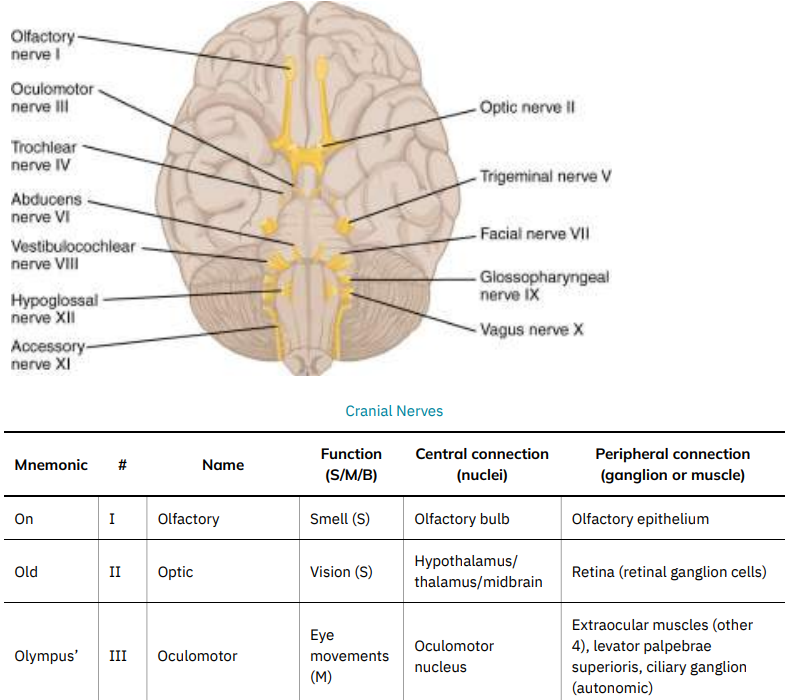Introduction
Sensation is one of the core functions of the human body, which involves taste, touch, smell, hearing, and sight. Experts refer to them as the primary five senses, although humans can experience a wider array of sensory processes. Although they might seem easy to comprehend, the five major senses have complicated mechanisms and functions. The current paper presents a basic overview of sensation processing, primarily focusing on smell, also known as olfaction.
Sensation Mechanisms
Humans experience sensations through external stimuli, which are typically chemical or mechanical. Although the majority of them are mechanical, people can smell when chemical airborne entities, such as molecules and compounds, are perceived by associated organs, such as the nose (Bets et al., 2022). Consequently, the body parts convert the signals from external stimuli through complicated processes of the nervous system, allowing people to experience the major sensations (Bets et al., 2022). Regarding olfaction, the nose is a complicated organ that is used to transfer airborne chemicals to the olfactory epithelium, where the information is processed (Medinaceli Quintela et al., 2022). In other words, people perceive smells through receptors and areas within the nose.
Receptors
The human body can classify external stimuli through receptors, which are situated in associated body parts. The olfactory bulb is the central chemoreceptor responsible for smell, which is only one element of the olfactory system (Medinaceli Quintela et al., 2022). In fact, many receptor neurons are located in the olfactory epithelium (Bets et al., 2022). The airborne molecules that are received in the epithelium connect to proteins, forming odorant-protein complexes and further binding to receptor proteins (Bets et al., 2022). Consequently, this sensory information for smell is processed in the olfactory bulb but is also analyzed in other olfactory cortical structures (Medinaceli Quintela et al., 2022). As a result, people perceive external information via multiple types of receptors associated with related body parts.
Information Analysis
Finally, when the human body receives the sensory information, it transmits the data to the brain through the nervous system. The nerves that are responsible for this process are called cranial nerves, which gain information through central and peripheral connections (Bets et al., 2022). There are twelve cranial nerves, each of which has unique functions, nuclei, and muscle connections, with the olfactory nerve I being responsible for smell, as illustrated below in Figure 1.

Before the processing, external stimuli are transformed into electrical signals through the corresponding receptors. Next, this information is transported to the related brain areas through neurons, allowing for quick information transmission (Bets et al., 2022). This process is possible due to axons, which are fibers responsible for neuron communication (Bets et al., 2022). Axons of olfactory neurons are located in the basal surface of the olfactory epithelium, extending to the brain through the cribriform plate (Bets et al., 2022). Following these processes, external airborne chemicals are eventually transformed into useful olfactory information, which is known as smell.
Conclusion
Sensory processing is immensely complicated and connects receptors, nerves, and the brain to gain information about chemical and mechanical external stimuli. Among the five senses, olfaction is one of the most complex sensations that analyzes information through chemoreceptors, olfactory sensory neurons, the olfactory bulb, and the olfactory nerve, all of which constitute the olfactory system. Due to this mechanism, humans can sense smells and differentiate between trillions of odorants.
References
Bets, J. G., DeSaix, P., Johnson, E., Korol, O., Kruse, D. H., Poe, B., Young, K. A., & Wise, J. A. (2022). Anatomy and physiology. OpenStax.
Medinaceli Quintela, R., Brunert, D., & Rothermel, M. (2022). Functional role of the anterior olfactory nucleus in sensory information processing. Neuroforum, 28(3), 169-175. Web.